Deck & Commander Strategies

Ezuri, Claw of Progress
Build a strong board with elves and creatures that gain +1/+1 counters, utilizing experience counters to grow threats and generate card advantage through creatures like Fathom Mage.

Elesh Norn, Grand Cenobite
Create and grow a token army with cards like Legion's Landing and Monastery Mentor, then boost the entire board with Elesh Norn's anthem effect to overwhelm opponents.

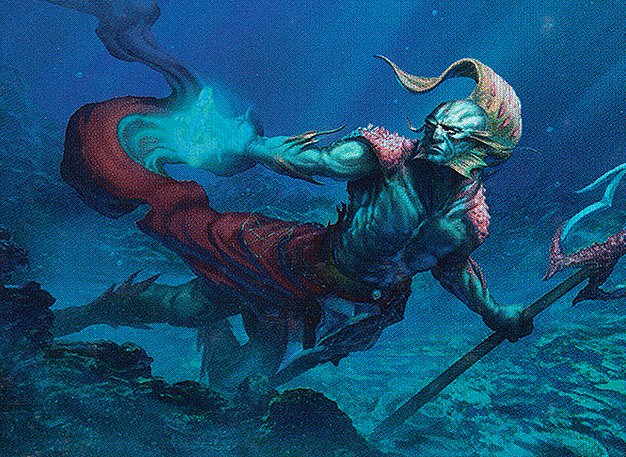
Thrasios, Triton Hero & Kydele, Chosen of Kruphix
Focus on ramp and card draw, leveraging spells like Wilderness Reclamation and Bribery to control the board and manipulate opponents' resources while accelerating mana and gaining incremental advantage.

Pharika, God of Affliction
Use disruption and removal spells to control the board, supported by demon synergies and graveyard hate, aiming to slowly gain incremental advantage and pressure opponents with efficient creatures.
Gameplay Insights
- 1
Trevor’s overload of Winds of Abandon was a key turning point that reset the board and forced players to adapt their strategies quickly.
- 2
Harry’s use of Bribery with Mirrorpool to copy the spell allowed him to steal a powerful Runecar Demon, gaining both immediate board presence and tutoring advantage.
- 3
Matt maximized value by repeatedly equipping Lightning Greaves to protect key creatures like Ezuri and Priest of Titania, facilitating continuous ramp and board development.
- 4
Mike’s Leyline of the Void hindered his own graveyard-focused interactions, notably with Mimikvat, which limited his deck’s synergy and options.
- 5
The strategic use of bounce effects like Wirewood Symbiote to reuse creatures such as Azuri enabled multiple triggers and sustained pressure on opponents.
- 6
Gideon’s token generation and emblem creation provided Trevor with a consistent stream of board presence and incremental buffs, synergizing well with Elesh Norn.
Notable Cards
-
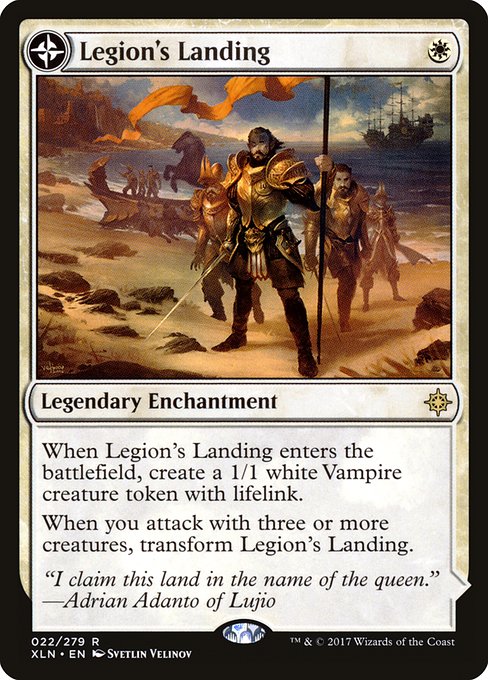
Legion's Landing // Adanto, the First Fort
-

Monastery Mentor
-
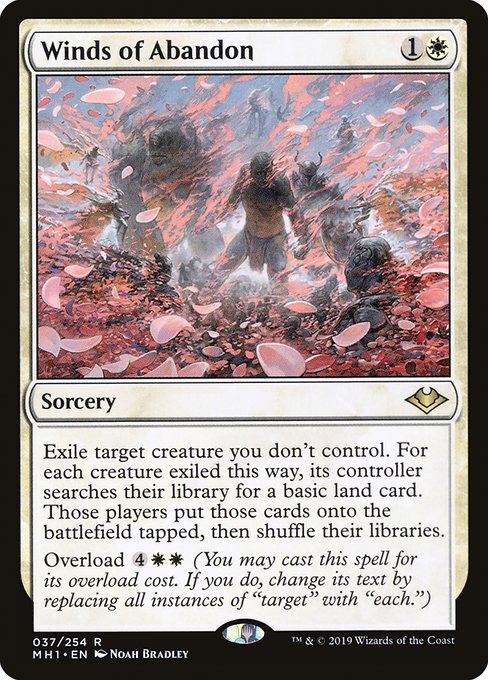
Winds of Abandon
-
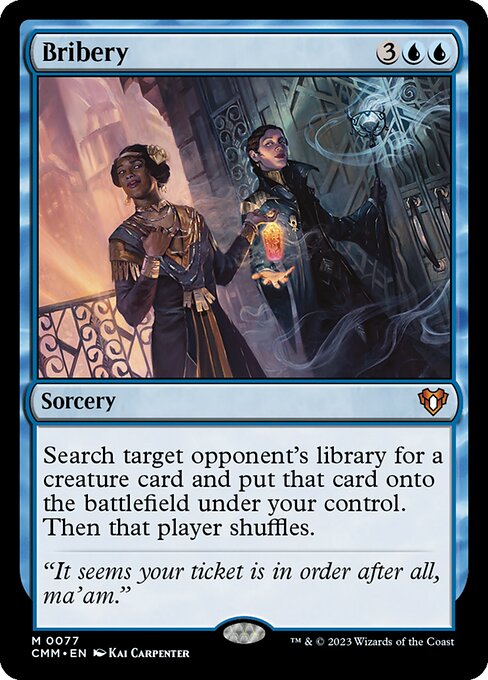
Bribery
-
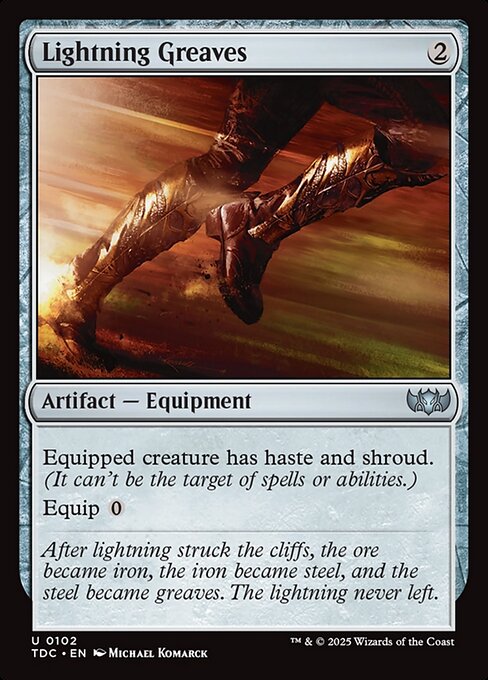
Lightning Greaves
-
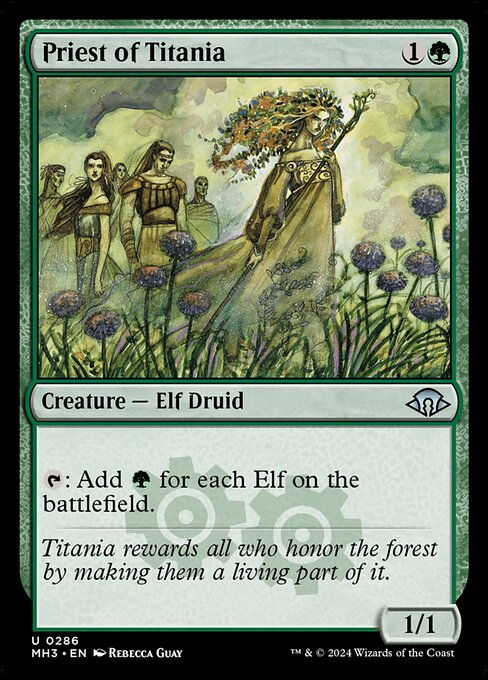
Priest of Titania
-
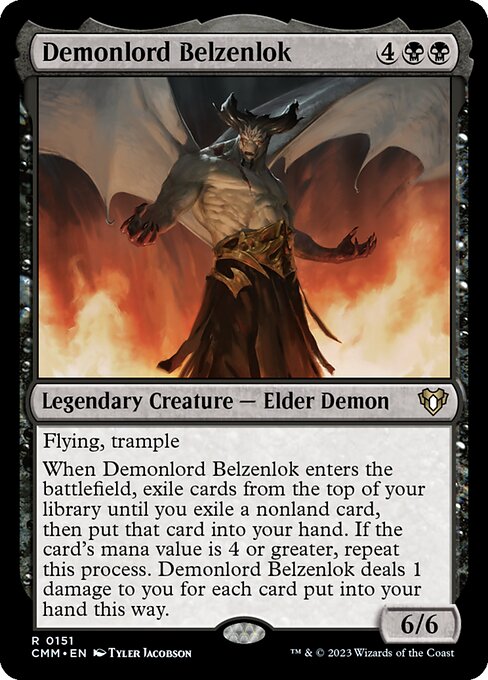
Demonlord Belzenlok
-
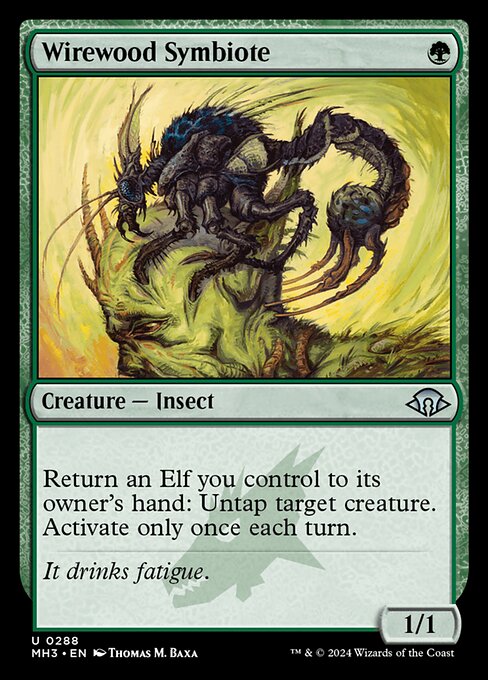
Wirewood Symbiote
-
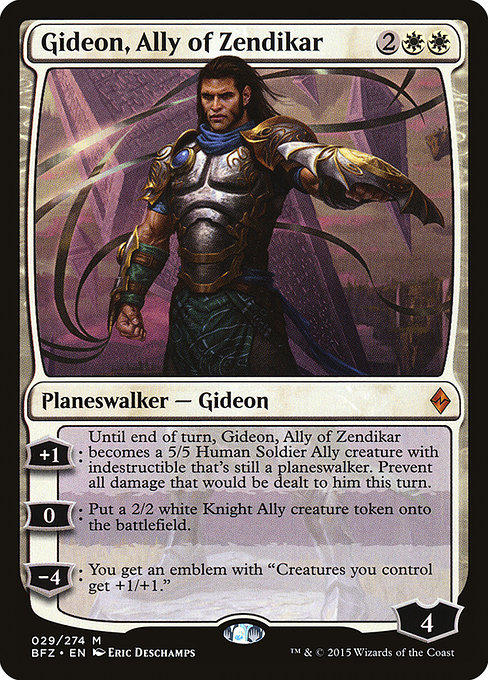
Gideon, Ally of Zendikar
-

Regal Force
-
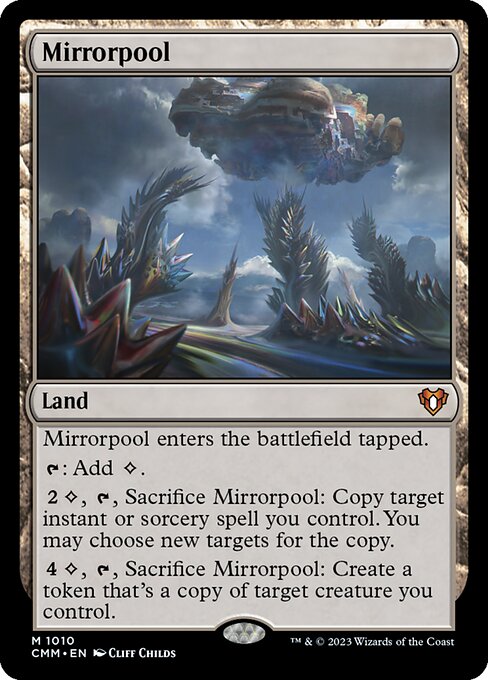
Mirrorpool
-
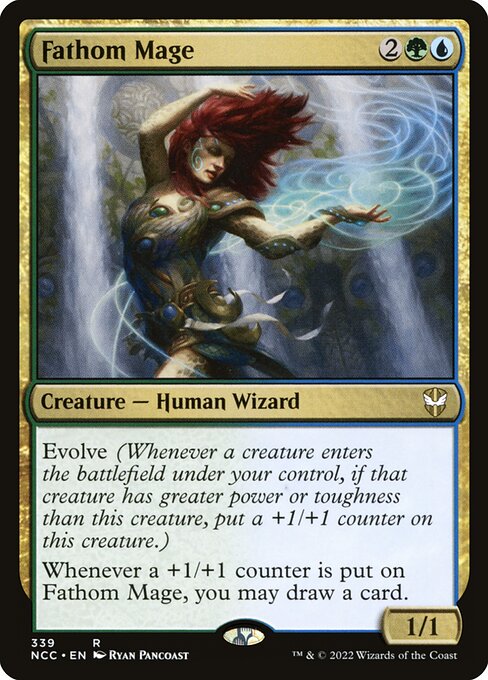
Fathom Mage
-
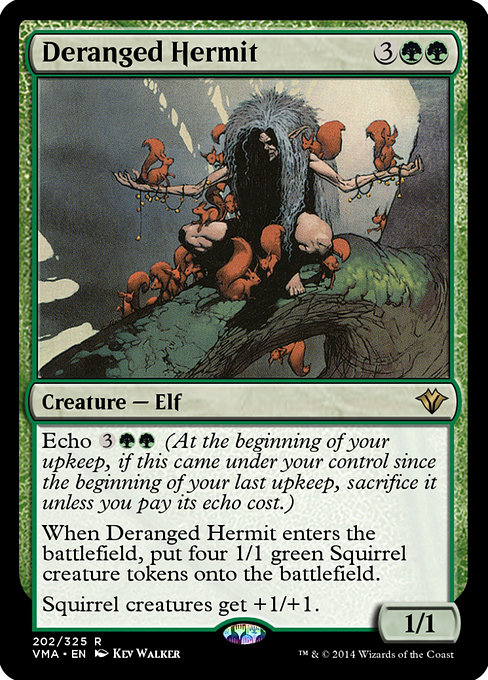
Deranged Hermit
Gameplay Summary
The game began with a typical ramp and value development phase, with players casting early mana dorks and utility creatures.
Matt, piloting Ezuri, Claw of Progress, focused on generating experience counters and board presence through creatures like Fathom Mage and Deranged Hermit, leveraging +1/+1 counters and card draw to build a threatening board.
Trevor, on Elesh Norn, Grand Cenobite, developed a token army with Legion's Landing and Monastery Mentor, aiming to amplify the board with Elesh Norn's anthem effect.
Harry’s Simic Thrasios and Kydele deck emphasized card advantage and ramp, utilizing spells like Wilderness Reclamation and Bribery to control the flow and steal key threats from opponents.
Mike’s Pharika deck started with protective Leyline and disruption elements, aiming to use demon synergies and removal to control the board and slowly gain advantage. A pivotal moment occurred when Trevor overloaded Winds of Abandon, wiping much of the board and forcing players to rebuild.
Harry’s clever use of Bribery with Mirrorpool allowed him to steal a Runecar Demon, gaining significant advantage with tutoring and card draw.
Matt continued to push a +1/+1 counter and token strategy, making use of Lightning Greaves and Priest of Titania for protection and mana acceleration.
Meanwhile, Mike played Demonlord Belzenlok, adding pressure but was somewhat hampered by his Leyline preventing graveyard interactions.
The game featured several strong utility plays like Gideon, Ally of Zendikar generating tokens and emblems, and strategic uses of bounce effects like Wirewood Symbiote to reuse key creatures for value.
The gameplay was marked by constant board development, interaction, and careful resource management as each player sought to execute their deck’s synergy and capitalize on opportunities presented by opponent plays.




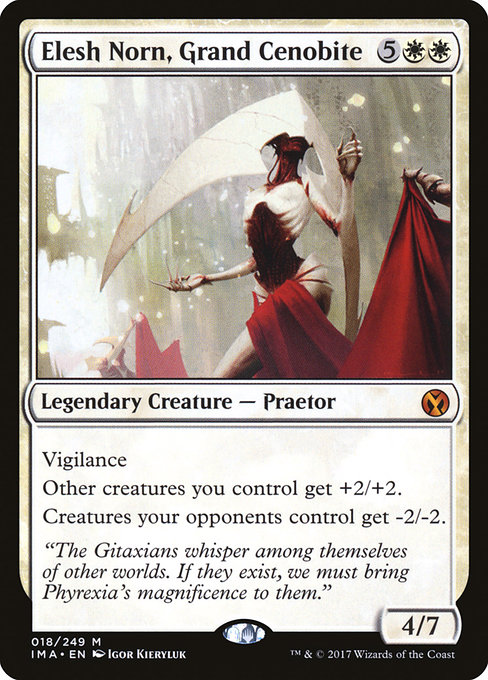

























![Random Decks, Hidden Roles! [Commander VS 301] | Magic: the Gathering Commander Gameplay thumbnail](https://i.ytimg.com/vi/Pel5HCJg5cQ/sddefault.jpg)






















![Commander VS S1E9: Oloro vs Norin vs Sliver Overlord vs Pharika [MtG: Multiplayer] thumbnail](https://i.ytimg.com/vi/PULZd7d2g_c/sddefault.jpg)
